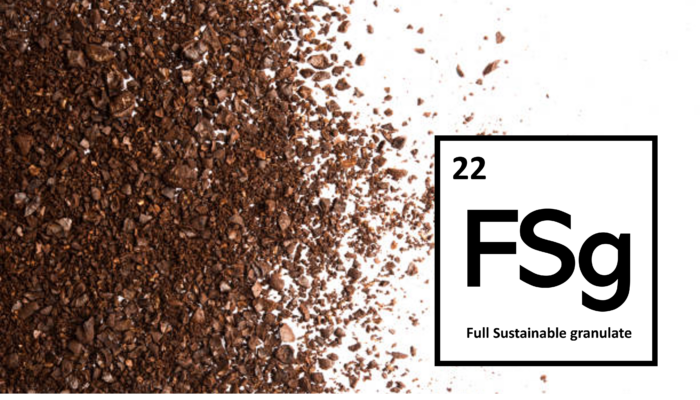
Project Info
Project Description
Charcoal made from wood and charcoal made from bamboo have some similarities and some differences.
One similarity is that both types of charcoal are used for similar purposes, such as grilling, barbecuing, and as a source of fuel for heating and cooking.
One major difference is the production process, Wood charcoal is made by burning wood in the absence of oxygen, which removes the water, volatile compounds and impurities, leaving behind a hard, black, porous substance. Bamboo charcoal, on the other hand, is made by burning bamboo at very high temperatures in a kiln, which also removes the water, volatile compounds and impurities, leaving behind a hard, black, porous substance.
Another difference is that bamboo charcoal has a higher density, which means it burns longer and hotter than wood charcoal. Bamboo charcoal also has a higher fixed carbon content, making it a better fuel source. Additionally, bamboo charcoal is also known for its purifying and deodorizing properties, making it popular for use in air and water purifiers, as well as in other household items such as soap, laundry detergent, and toothpaste.
Finally, in terms of sustainability, bamboo charcoal is generally considered to be a more sustainable option than wood charcoal, as bamboo is a rapidly renewable resource that requires less water and pesticides to grow and it’s carbon footprint is lower than wood charcoal.



